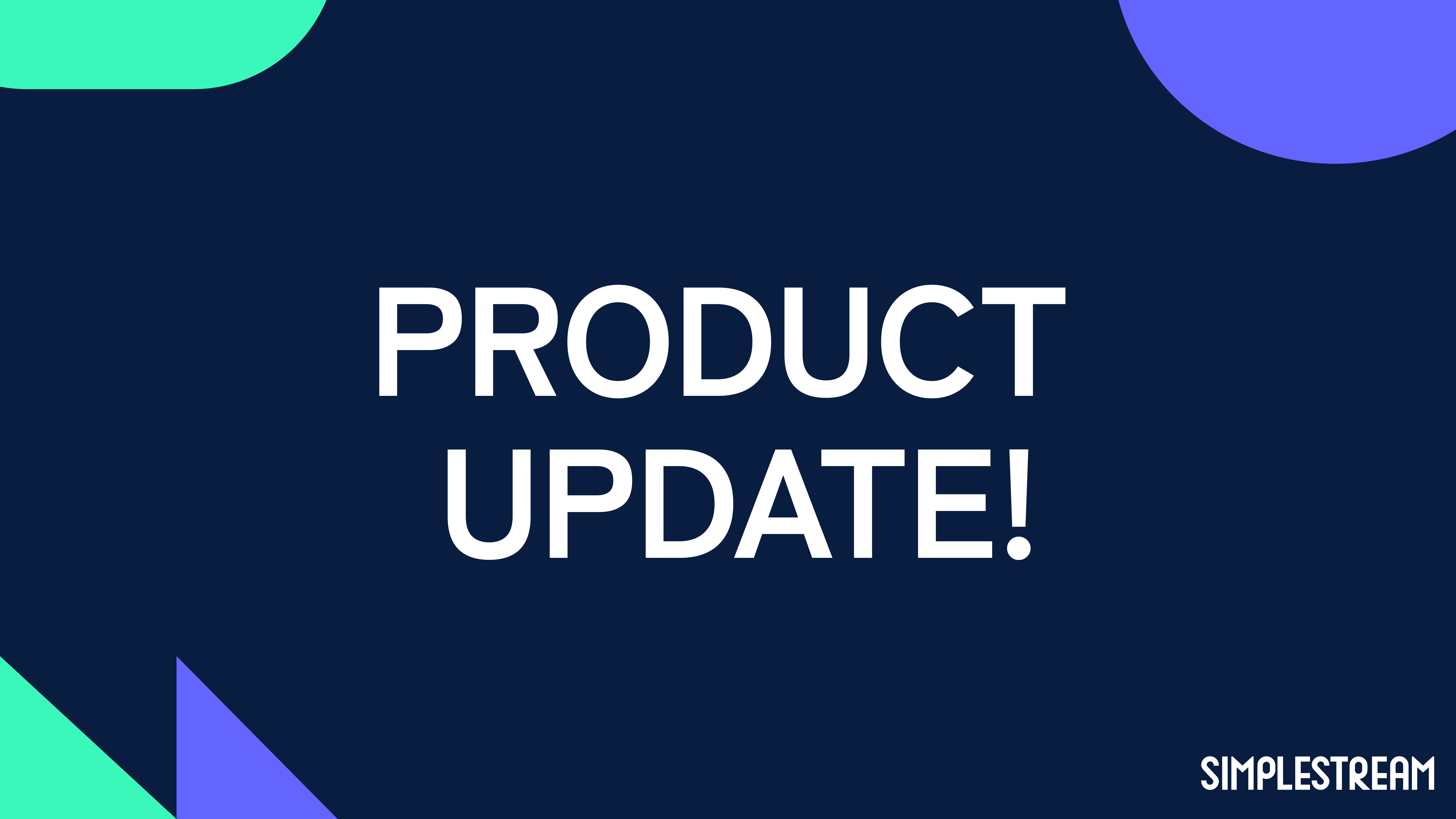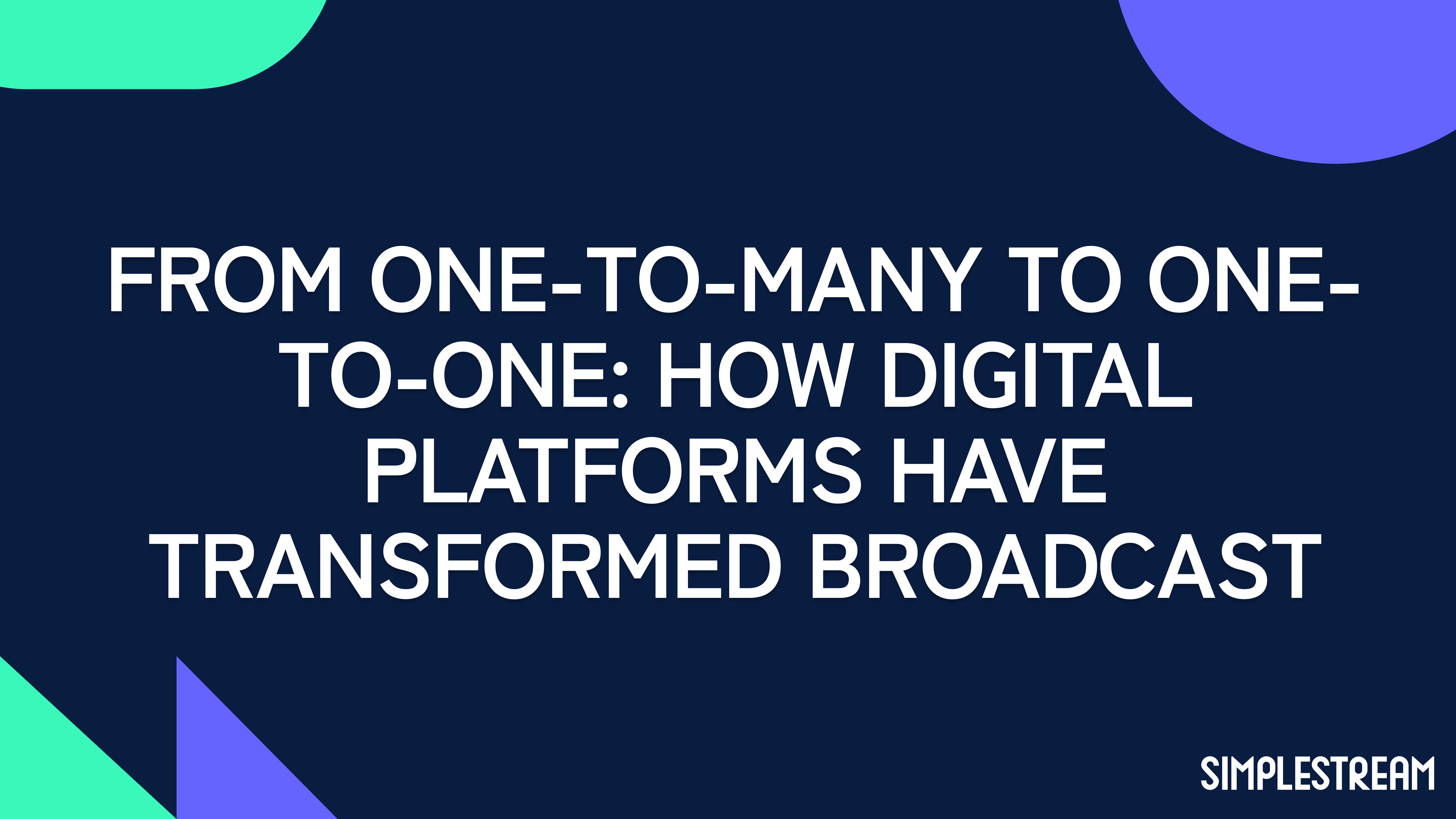FAST thinking about the future of TV
The future of video consumption is internet-delivered but the future of television as we know it is far less clear. Learn more here.
The streaming industry over the last three or four years has been unpredictable. Covid lockdowns created a boom in SVOD subscriptions, but the subsequent impact of the cost-of-living crisis saw subscriber numbers fall as households cut their budgets and looked to alternative ‘free’ viewing options.
From our perspective, we’ve gone from predominantly SVOD customer projects to upwards of 80 percent ad-supported projects as audiences have become more willing to accept regular adverts during their on-demand or live streaming, in exchange for a free-to-access service. Consumer habits have played a huge part in this trend but technology advancements enabled the transition.
In 2022, AVOD started gaining ground over SVOD driven by many of the largest streaming services switching to hybrid subscription models with ad-supported tiers. In the UK, ITV launched its ITVX service replacing ITV Hub, Netflix announced its AVOD tier as did Disney+ and other major players.
Last year, we saw free ad-supported streaming TV (FAST) channels enter the mainstream. Now disrupting the market, FAST channels create new revenue streams and far smarter ad delivery providing in-depth targeting opportunities to distributors (behavioural, contextual, technographic, demographic, etc.).
This more accurate targeting also delivers a much higher Cost per Mille (CPM), the amount paid per 1,000 ad views commonly referred to as “impressions” in the advertising industry. By not being involved in ad-supported models today, content distributors are missing out on a core and growing monetisation window.
There are advantages to both AVOD and FAST, they each use advertising monetisation methods but the distribution method differs. AVOD is a ‘lean-forward’ experience giving users complete control over what they watch, FAST is ‘lean-back’ allowing users to have a more relaxed experience with fewer decisions to make about what to watch, minimising decision fatigue.
FAST also provides a look and feel that’s familiar and premium content that satisfies specific interests. AVOD can be free or freemium while generating revenue from ads, FAST is completely free for users while still generating that all-important ad revenue. Both are cheaper and easier to implement than subscription or paid models and both use server-side ad insertion (SSAI) providing higher ad fillrates for greater revenue generation. An additional benefit for FAST is linear live content performs well with a 98 percent completion rate on average.
Who’s Driving This Sprint To FAST?
FAST is growing fast, it’s an ideal launchpad for new entrants making their way into the OTT world as it’s relatively low-cost to set up, provides access to global audiences, and delivers real prospects of making significant revenues after only six months to a year from launch. Barriers to entry have reduced significantly, launching a FAST channel in the broadcast world would have cost millions, now we’re talking tens of thousands.
A Statista Report published at the beginning of the year said, “By 2028, the US will probably remain the largest FAST market worldwide at 11 billion dollars. In comparison, the second and third top FAST markets, the UK and Canada, are projected to be worth 512 and 344 million US dollars respectively that year.”
So, who’s driving the disruption? Well, certainly audiences who want to reduce spend on subscriptions and content fatigue. Also, CTV manufacturers who have made it much easier for viewers to access FAST channel content through the mass production of smart TVs. Not least Samsung and LG, have realised the power of who controls the living room.
CTV manufacturers have access to detailed data and they now have the ability to ‘own’ the customer rather than selling them a TV with some channels every few years. After a slow start to its Samsung TV Plus offering, the platform has rocketed and now has over 2,600 ad-supported channels, with the ability to sell its own advertising. In fact, at the time of writing, the company had just been announced as the world’s largest distributor of FAST channels. [...]

Getting Up And Running
Getting a FAST channel on air is quick but the onboarding process is not as straightforward as you might think. Each platform and manufacturer have their own onboarding specifics and OTT service providers have to test with each and every one.
With the benefit of holding much of their customers’ content in their backend, service providers can spin up a FAST channel fairly easily. New entrants can choose to distribute their FAST channel direct-to-consumer or on a platform. Having your own service can be quite liberating and if you already have a fanbase then a direct-to-consumer proposition works well. By joining a platform, marketing costs will be less than going it alone as platforms are incentivised to promote their services. The downside is the inventory share, which the channels have to do. [...]
To launch a successful FAST channel, you still need to have a team of people who understand content, scheduling, tone of voice the on-air promotions team can bring, graphics, marketing teams to promote the content.
All the things traditional TV has done for many years are still valid in the FAST environment. You can’t just rely on a smart TV manufacturer to be the Holy Grail of revenue. Broadcasters and content owners need to have a multi-platform approach: what’s your Instagram, TikTok and Facebook strategy? They need to seed short-form content on those platforms and drive people to the big screen.
The Best Of Both Worlds
To maximise revenue from advertising, having a service that includes AVOD for accessing content on demand and FAST channels for a comforting TV-like experience provides audiences with the best of both worlds. Live content consumption data gathered from across our customer base shows a trend for viewers to favour watching live content longer.
On average, viewers will watch live content for 33 minutes versus 16 minutes for on-demand. Capturing the viewer’s attention and keeping them engaged would be easier with a FAST channel that provides a curated experience of the top content an AVOD service offers.
This article originally appeared on OTTVerse, click here to read it in full.



